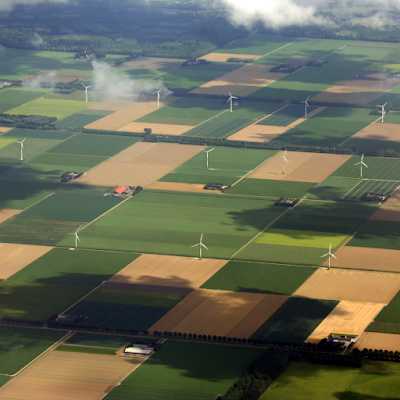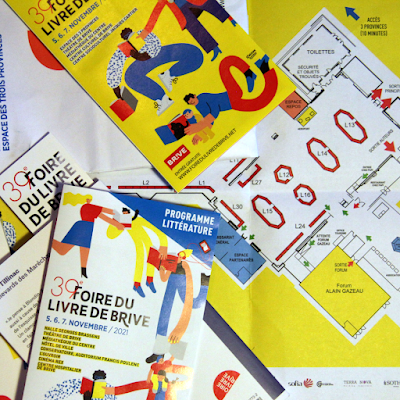 |
|
‘Le
gout des vieilles pierres’,
story telling on a walk
through Saint-Geniès.
|
Words spoken by storyteller Clément Bouscarel on a spring evening walk around Saint-Genies. Though his Occitane had a Quercy flavor to it, it hardly mattered as few people on the tour could make much sense out of the rolling R’s and vaguely Italian or Spanish echoing sentences.
 |
|
A flat, functional and
rationally controlled landscape, the Netherlands.
|
 |
|
The bright city lights: Three
dimensional, free market, 24 hour economy, Hong Kong.
|
 |
|
The red soils and dry high
forests of the Togo hills, Ghana.
|
 |




No comments:
Post a Comment